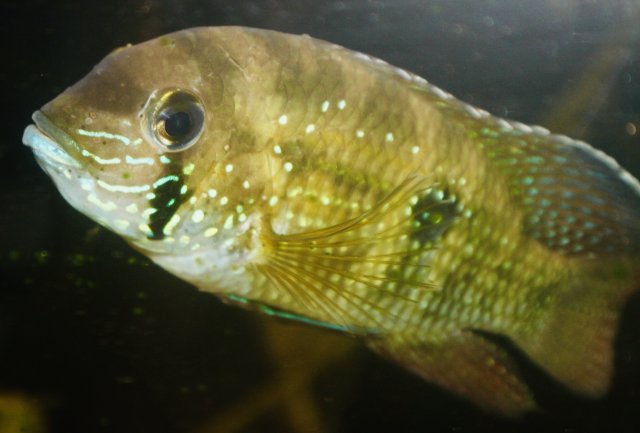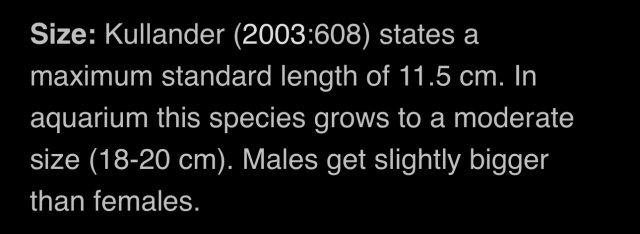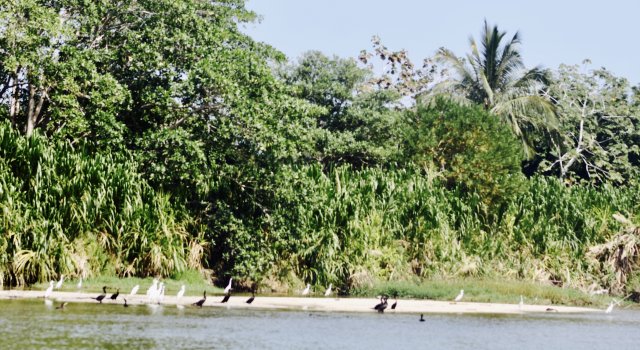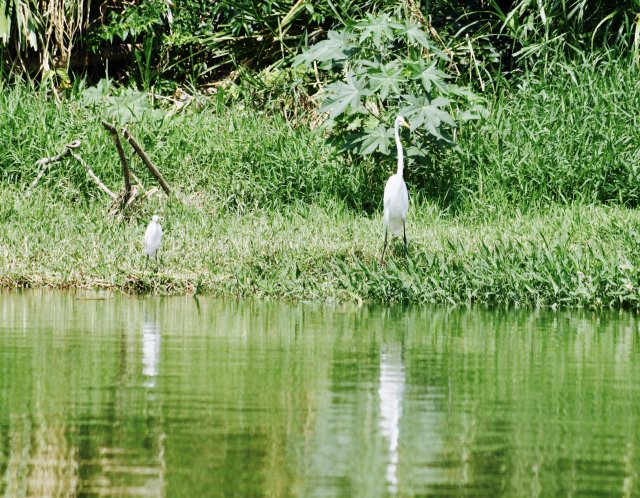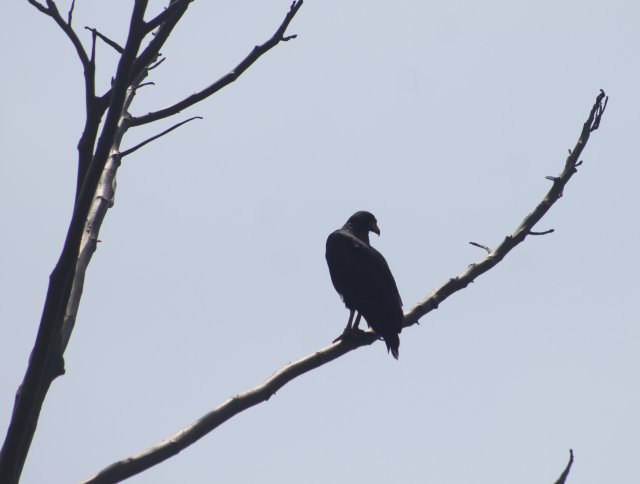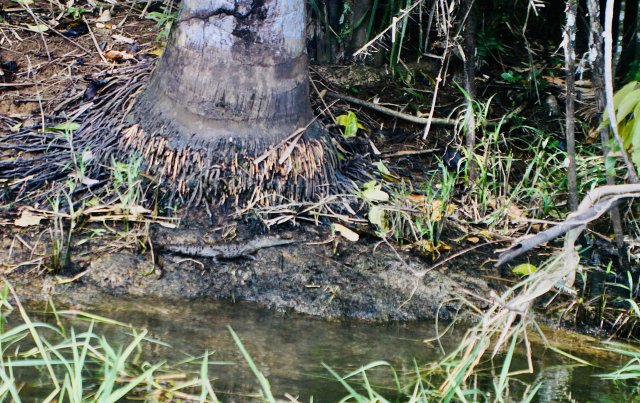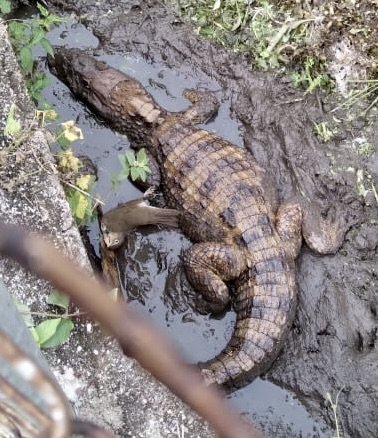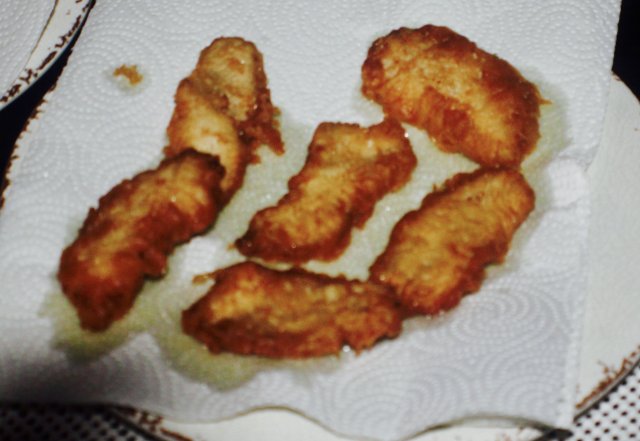Everywhere I read has aequidens diadema (sometimes called the royal acara I think) listed as reaching a little under 4 inches with fishbase saying a dominant male can be half an inch bigger so 4.5 inches or so.
I have two that were about an inch long when I got them, and they have grown a little under an inch a month for 4 months. This surprised me given their small max size, but I am starting to suspect I either have something else or most of the online info is wrong?
One is bigger than the other. The larger one is a rather fat 4.5 inches.
Pic #2 and #3 were taken today. The last pic of the acara pic #7 was taken 20 days ago, a noticeable increase in over-all body thickness has occurred in that short time as you can see.
I take terrible pictures sorry.
I like them a lot and the tank is 300 gallons so them getting larger is no issue. Just curious really.
I have two that were about an inch long when I got them, and they have grown a little under an inch a month for 4 months. This surprised me given their small max size, but I am starting to suspect I either have something else or most of the online info is wrong?
One is bigger than the other. The larger one is a rather fat 4.5 inches.
Pic #2 and #3 were taken today. The last pic of the acara pic #7 was taken 20 days ago, a noticeable increase in over-all body thickness has occurred in that short time as you can see.
I take terrible pictures sorry.
I like them a lot and the tank is 300 gallons so them getting larger is no issue. Just curious really.





